Thailand, Venice And More: 13 Iconic Destinations That May Soon Shut The Door On Mass Tourism
Ever imagined gliding through Venice’s canals or lounging on Thailand’s untouched beaches? If they’re on your bucket list, you might want to move fast—these dreamy spots are feeling the pressure of their own popularity.
Mass tourism is wearing down some of the world’s most iconic destinations, turning once-idyllic locations into overcrowded, stressed-out versions of themselves. I’ve seen firsthand how too many footsteps can erode charm—and patience. From crumbling infrastructure to local communities being pushed out, the effects are real.
That’s why more and more places are setting limits, charging entry fees, or even closing off entirely to recover. So, where can you still go without contributing to the chaos? And how do you visit responsibly?
1. Venice Tourism Limits
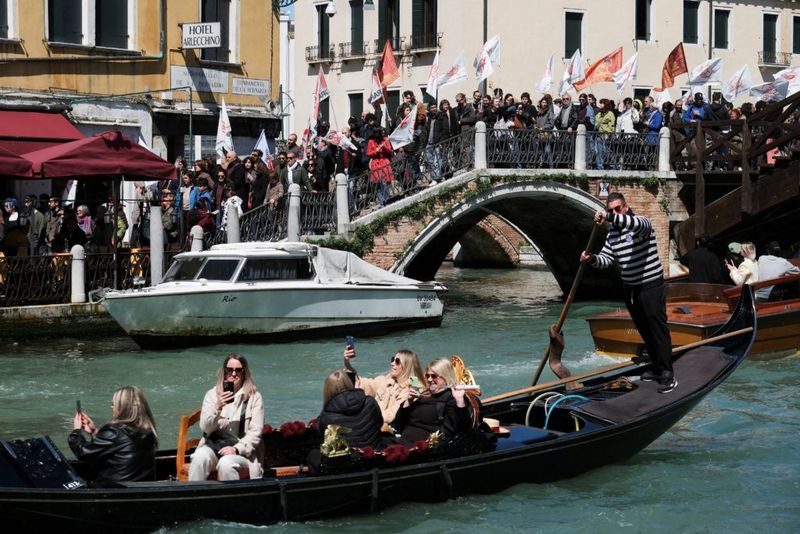
Venice has finally had enough of day-trippers flooding its narrow streets. The floating city now charges entrance fees during peak times, a first-of-its-kind system for a major city. Locals have watched their beloved home transform into a crowded theme park where authentic Venetian life is vanishing.
The city’s fragile foundations literally sink a little more each year under the weight of mass tourism. Massive cruise ships have been banned from the historic center, and officials track visitor numbers using mobile phone data.
Venetians hope these measures will transform hit-and-run tourism into more sustainable visits where travelers stay longer and appreciate the city’s cultural richness rather than just snapping selfies on the Rialto Bridge.
2. Maya Bay, Thailand
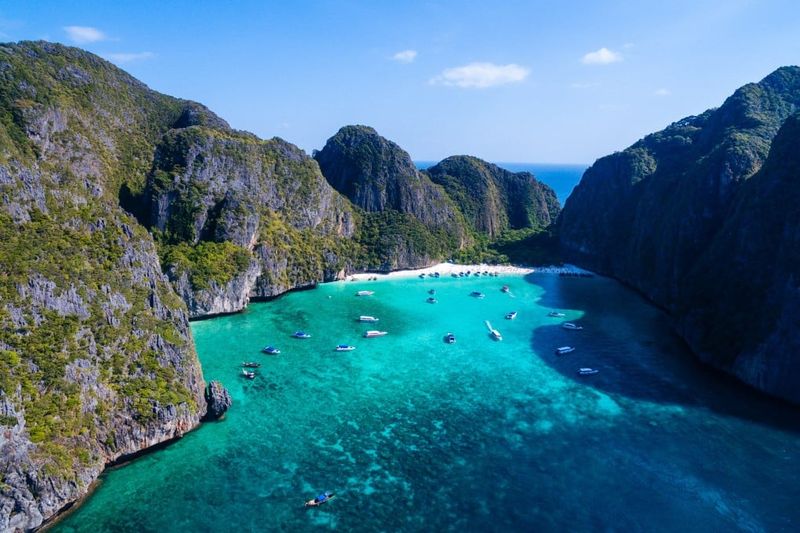
Remember that perfect beach from Leonardo DiCaprio’s movie “The Beach”? Maya Bay paid a heavy price for its fame. The stunning Thai cove on Phi Phi Leh Island closed completely to tourists in 2018 after suffering devastating environmental damage.
Thousands of daily visitors had destroyed nearly 80% of its coral reefs. Boats leaked oil into crystal waters, and sunscreen chemicals poisoned marine life. Though it reopened in 2022, strict new rules apply.
Visitor numbers are now capped at 375 people per hour, swimming is prohibited, and boats must dock at a designated platform away from the fragile bay. This paradise is fighting for its survival against the crushing weight of its own popularity.
3. Machu Picchu Quotas
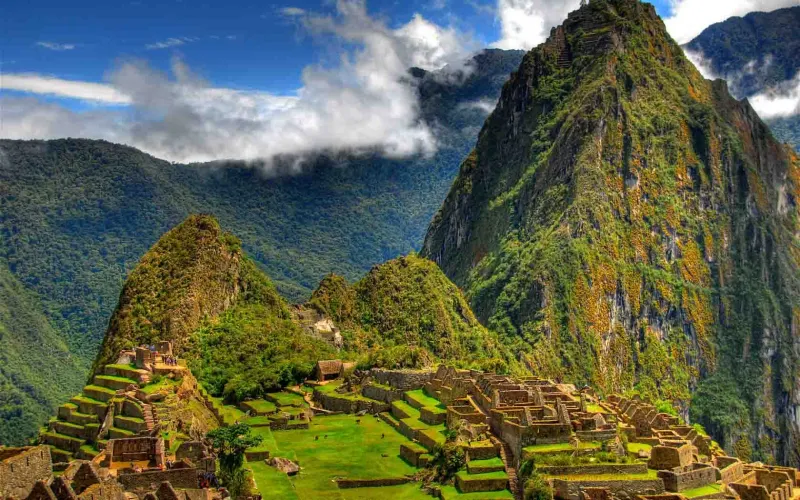
The ancient Inca citadel sits precariously on a mountain ridge, never meant to handle millions of yearly visitors. Tourists once freely roamed this 15th-century marvel, but those days are gone. Strict visitor quotas now protect the UNESCO site from literally being loved to death.
Officials limit daily entries to just 4,000 people – down from the pre-pandemic 5,000-7,000. Visitors must book specific time slots and follow designated routes with guides. The famous Inca Trail hiking path has even stricter limits.
Erosion threatens the site’s structural integrity as foot traffic wears away the ancient stones. Peru faces the challenging balance of protecting its most famous attraction while depending on tourism revenue that supports local communities.
4. Hallstatt Visitor Caps
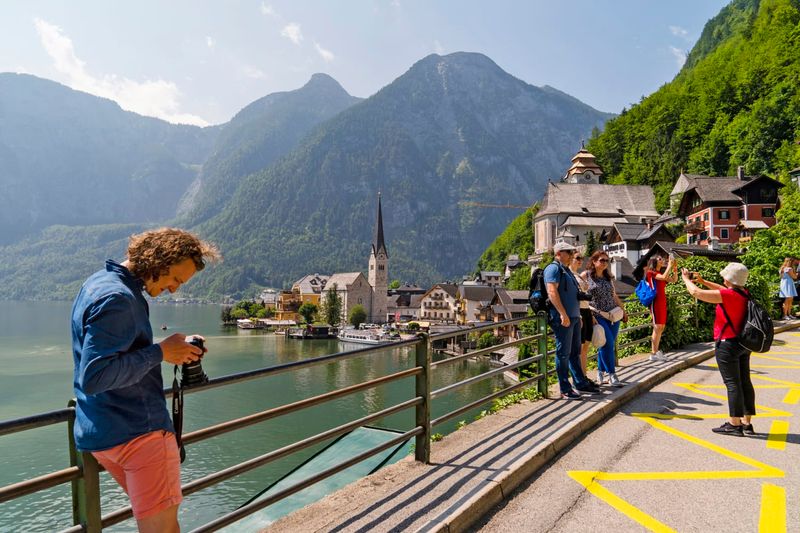
This tiny Austrian village never expected Instagram fame. Hallstatt’s population of 800 residents now endures up to 10,000 daily visitors, thanks to rumors it inspired Disney’s Frozen. The postcard-perfect Alpine town has become a victim of its own beauty.
Local authorities installed a wooden fence to prevent the perfect lakeside photo and reduced tour bus permits dramatically. Many shops and restaurants now prioritize locals over tourist crowds.
Residents report strangers entering their homes for photos and drones hovering outside windows. The mayor has pleaded with tourists to stay away temporarily. Hallstatt demonstrates how social media can transform quiet communities into overwhelming tourist magnets almost overnight.
5. Santorini Cruise Crackdown
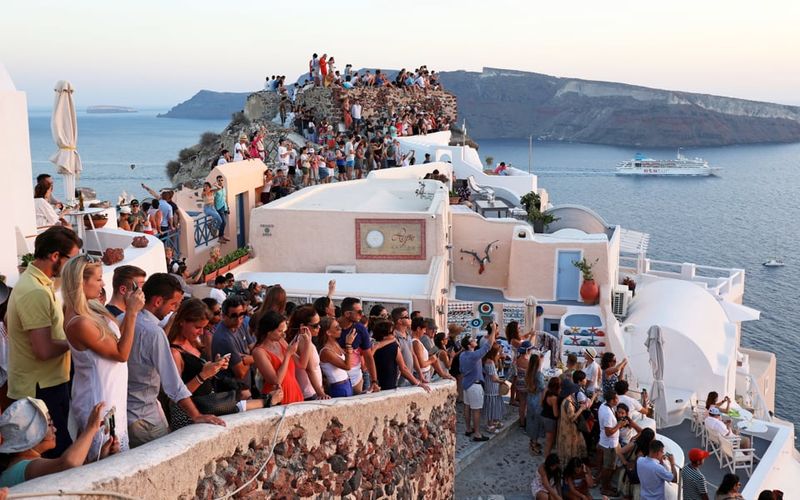
The white-washed buildings with blue domes perched on volcanic cliffs make Santorini instantly recognizable. Unfortunately, this Greek island paradise often hosts up to 17,000 cruise ship passengers daily – overwhelming a permanent population of just 15,000.
Authorities now cap cruise arrivals at 8,000 visitors per day and stagger ship schedules. The narrow streets of Oia become dangerously congested during sunset, with tourists literally climbing on residents’ roofs for the perfect photo.
Water shortages plague the island during peak season, and waste management systems struggle under the tourist load. Santorini officials hope these new measures will preserve both the island’s charm and the sanity of locals who increasingly feel like exhibits in a human zoo.
6. Amsterdam Crowd Control
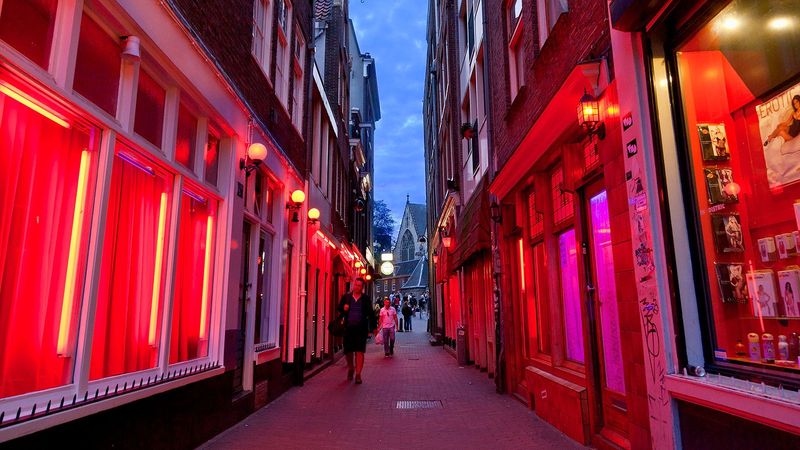
The Dutch capital is pushing back against its party-town reputation, targeting nuisance tourism with the “Stay Away” campaign and tightening regulations on short-term stays and visitor behavior.
Cannabis cafes near schools now close earlier, and public drinking carries hefty fines. The city banned new tourist shops and removed the famous “I Amsterdam” sign that attracted endless selfie-takers.
Cruise ships can no longer dock in the historic center, and tours through the red-light district are prohibited. Amsterdam wants quality visitors who appreciate its museums, architecture and culture – not just those seeking a wild weekend. This represents one of Europe’s most aggressive anti-overtourism campaigns.
7. Bali Overtourism Pressure
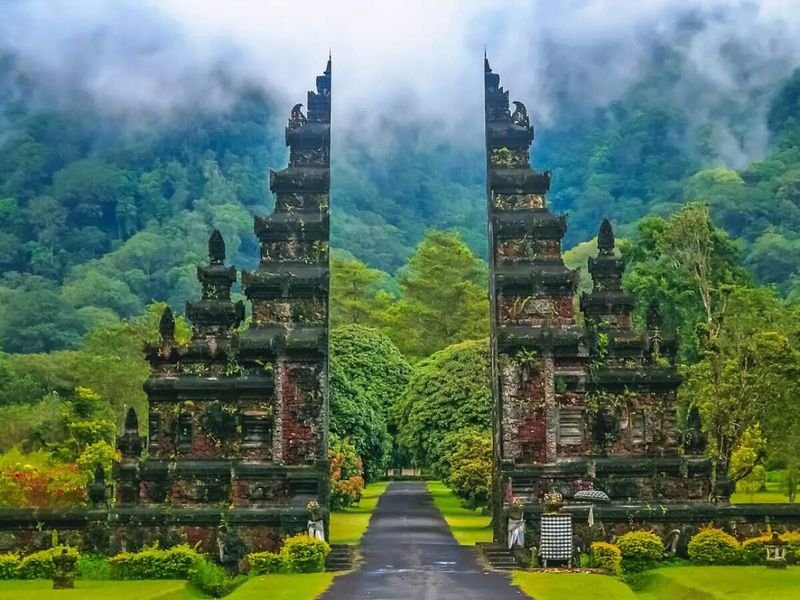
Bali’s spiritual identity faces an existential threat from mass tourism. The Indonesian island welcomed over 6 million international visitors annually pre-pandemic, straining its infrastructure and water supplies. Sacred temples now enforce strict dress codes and visitor limits after tourists posed disrespectfully at holy sites.
A tourist tax funds environmental protection and cultural preservation. Authorities banned single-use plastics after beaches became littered with trash, and many areas struggle with sewage systems inadequate for visitor volumes.
Digital nomads who stay long-term but contribute minimally to the local economy face new visa restrictions. Balinese officials increasingly prioritize high-spending luxury tourists over backpackers and are considering visitor caps at major attractions like the Monkey Forest and Tanah Lot temple.
8. Dubrovnik Daily Limits
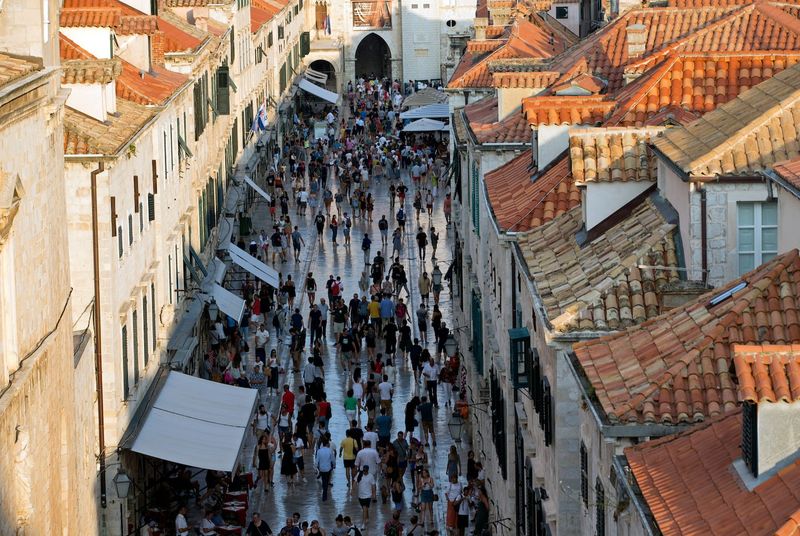
Game of Thrones transformed this Croatian coastal gem into King’s Landing for millions of fans. Dubrovnik’s ancient walled city, home to just 1,500 residents, was suddenly overrun by tour groups seeking the Iron Throne. The UNESCO site now strictly limits visitors to 4,000 daily inside the historic walls.
Security cameras count people entering the Old Town, and when numbers approach the limit, cruise ships must delay landings. The mayor reduced outdoor restaurant seating to reclaim public space for locals.
Souvenir shops that once sold local crafts now hawk mass-produced Game of Thrones merchandise. Dubrovnik demonstrates how pop culture tourism can rapidly overwhelm historic infrastructure never designed for such crowds, threatening the very charm that attracted visitors in the first place.
9. Kyoto Temple Closures
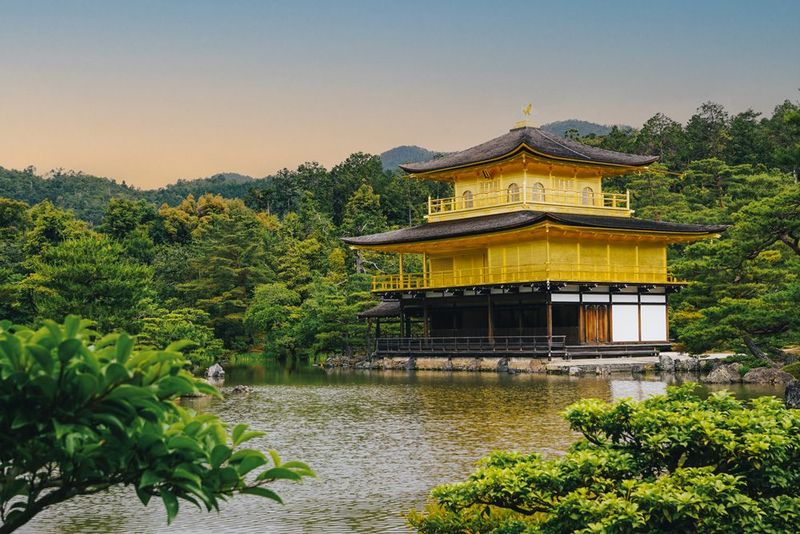
In response to growing tourist misconduct, Kyoto’s Gion district has banned photography on private streets and several temples now require reservations—or have shut their gates entirely.
The famous bamboo grove at Arashiyama installed signs begging visitors not to carve names into the bamboo. Locals avoid the historic Higashiyama district entirely during peak season due to overwhelming crowds.
Tourists dressing in rental kimonos for photos have been criticized for cultural insensitivity. Kyoto officials introduced a smartphone app showing real-time congestion at popular sites to spread visitors more evenly throughout the city. The city exemplifies how cultural tourism can damage the very traditions tourists come to experience.
10. Barcelona Visitor Tax
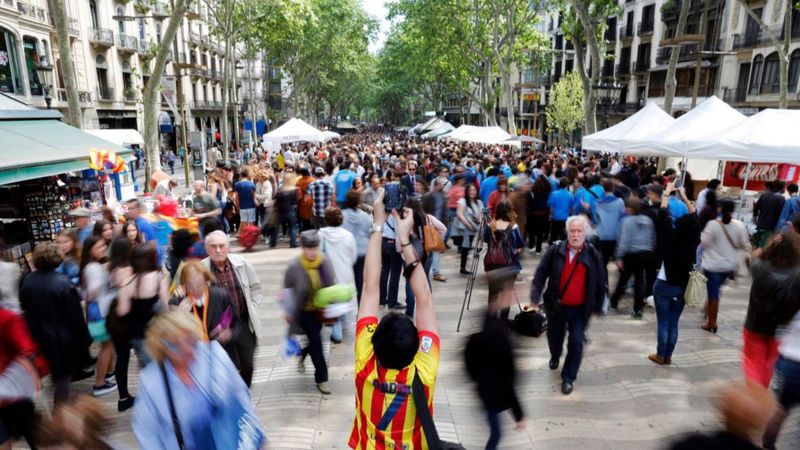
Barcelona residents have reached their breaking point with tourism. The Spanish city faces regular anti-tourism protests with slogans like “Tourists go home” appearing on walls. Authorities doubled the tourist tax and banned new hotels in the city center.
Short-term rentals require strict licenses, with illegal Airbnbs facing fines up to €600,000. The famous La Boqueria market now restricts tour groups after locals couldn’t shop for groceries amid selfie-taking crowds.
Park Güell, Gaudí’s famous mosaic wonderland, strictly limits hourly visitors and charges entrance fees to reduce crowds. Barcelona represents how tourism can create a housing crisis, with locals priced out as apartments convert to vacation rentals. The city now focuses on attracting fewer but higher-spending visitors who stay longer.
11. Komodo Island Restrictions
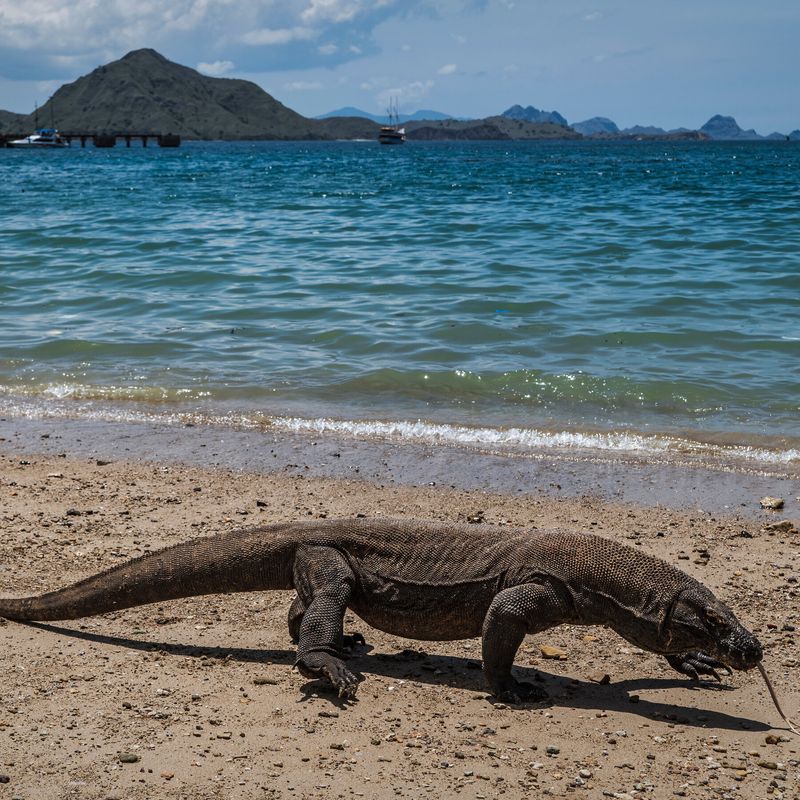
Home to the world’s largest lizards, Komodo Island nearly closed completely to tourism. Indonesian officials reversed that decision but instead introduced a membership system with steep fees. The standard entry now costs $15, but premium access to see the dragons costs an eye-watering $1,000.
This price hike intentionally targets wealthy tourists while limiting overall numbers. Rangers strictly enforce viewing distances after tourists provoked dragons for photos and even tried to steal eggs.
Climate change and human pressure threaten the dragons’ habitat and food sources. The island’s infrastructure couldn’t handle growing visitor numbers, with waste management particularly problematic. Komodo demonstrates an extreme approach to conservation-based tourism where exclusivity through high pricing preserves endangered species.
12. Boracay Island Recovery
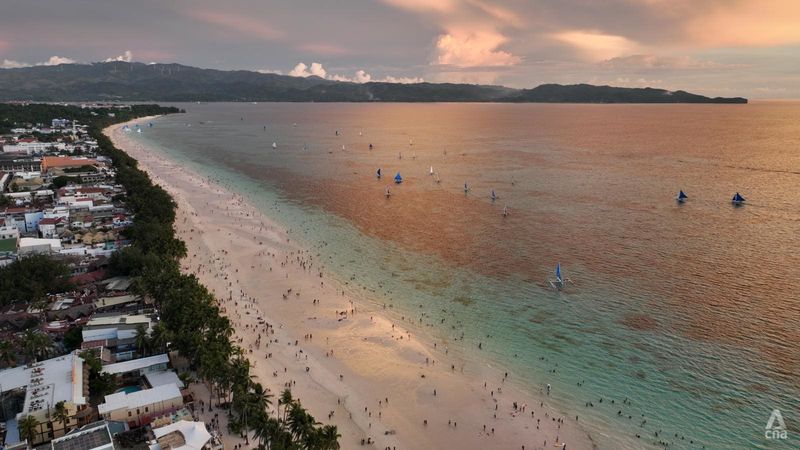
In a bold move to address environmental collapse, the Philippines shut down Boracay Island for six months in 2018 after it was declared a “cesspool” by President Duterte due to rampant sewage dumping.
The reopened island enforces strict new rules. Hotel capacity dropped by half, beach parties and single-use plastics are banned, and water activities face tight regulation. Visitor numbers are capped at 6,405 daily.
Mandatory environmental fees fund ongoing restoration projects. The dramatic shutdown demonstrates how even established tourist destinations can hit environmental tipping points requiring radical intervention. Marine life has begun returning to Boracay’s waters, suggesting that temporary pain can lead to sustainable recovery when overtourism is addressed decisively.
13. Bhutan Permit Tightening
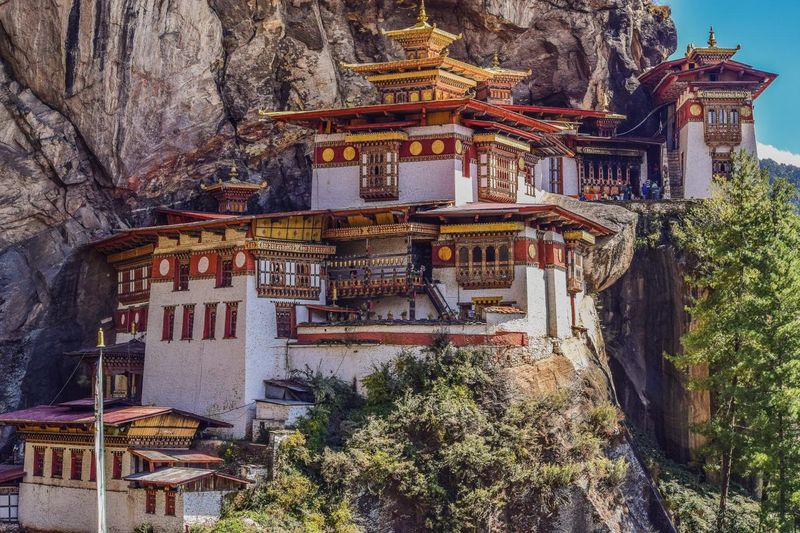
Long before overtourism became a buzzword, Bhutan set the standard, embracing a “High Value, Low Impact” model that now includes a $200 daily tourist tax to preserve its cultural and environmental integrity.
This fee covers basic accommodations, transportation, and guides but acts primarily as a visitor filter. Tourists must book through authorized agencies and can only visit approved areas with guides present at all times.
Bhutan measures success through Gross National Happiness rather than visitor numbers. Sacred sites limit photography, and mountain climbing is restricted to preserve spiritual sanctity. This small nation proves that tourism can develop sustainably when controlled from the beginning rather than addressing problems after they emerge.
